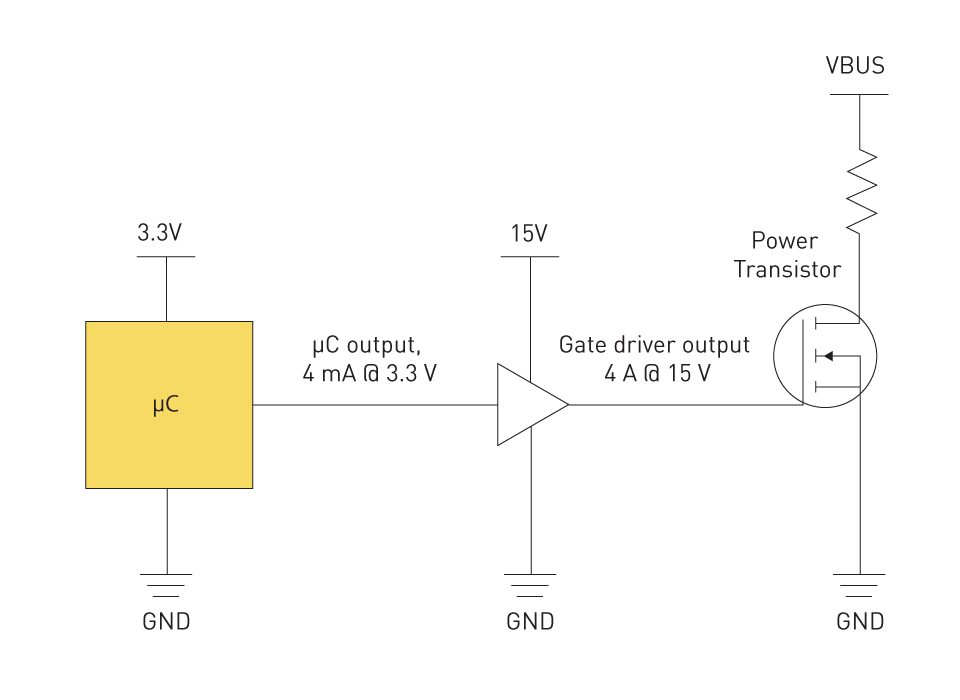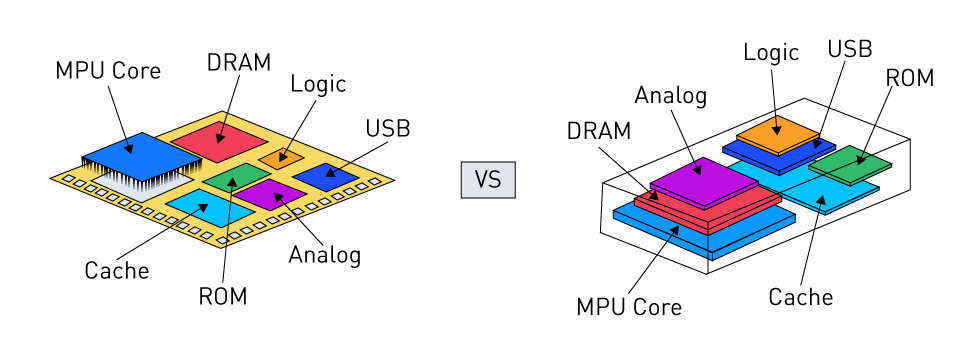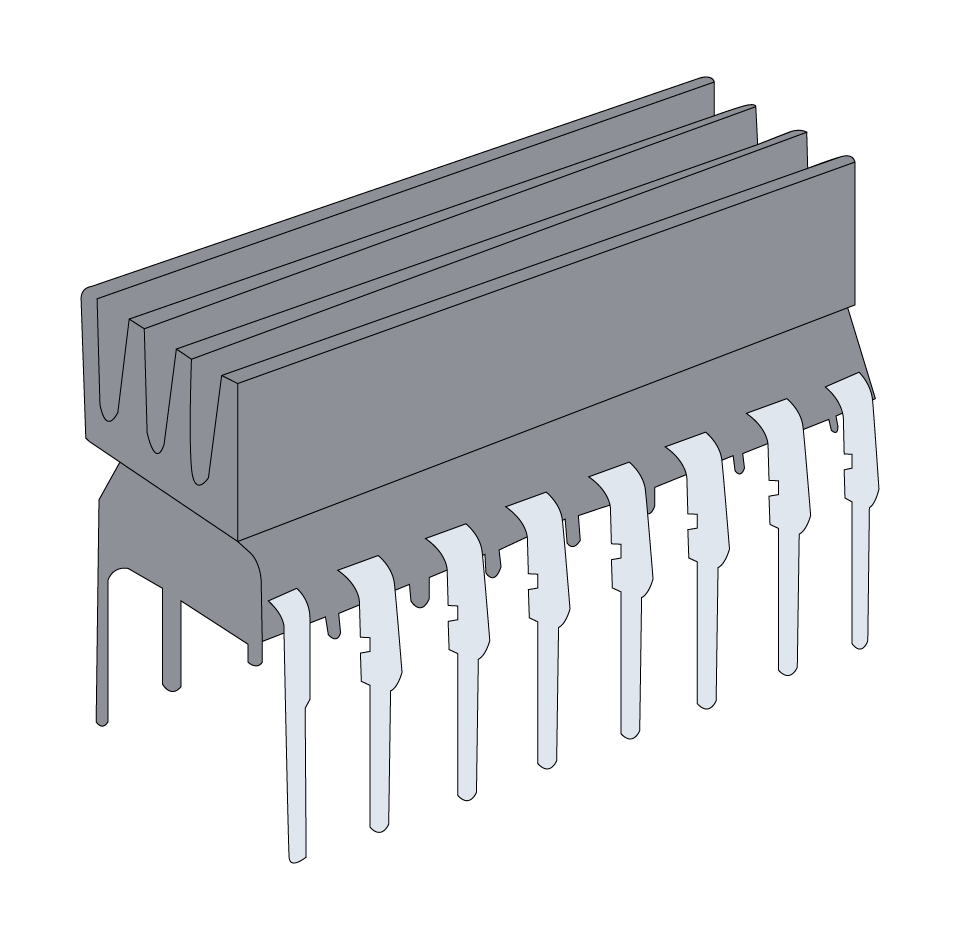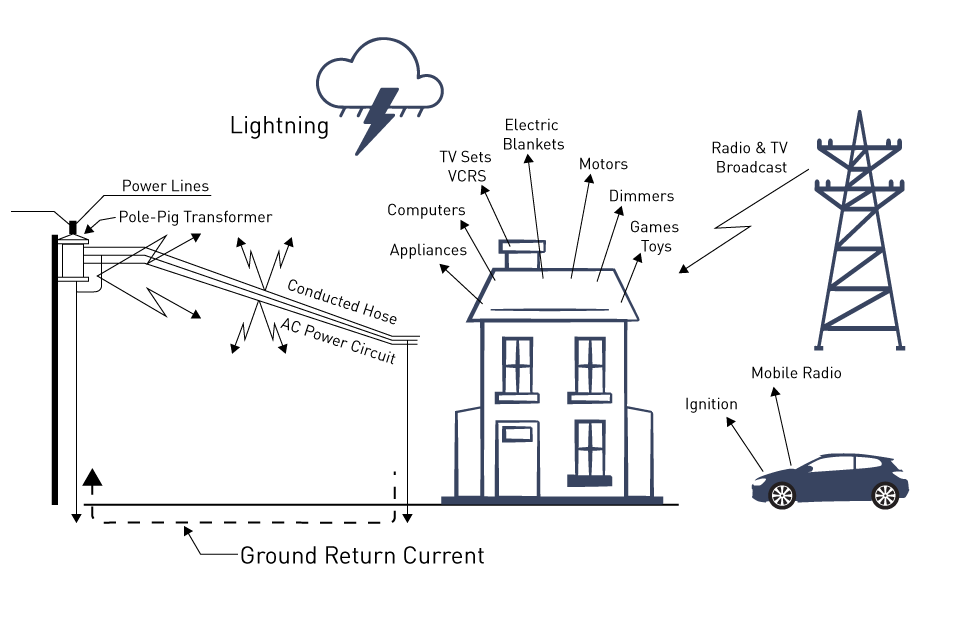Assessing Requirements
When choosing the appropriate isolated solution, it is crucial to first conduct a comprehensive evaluation of the requirements. This step is essential to ensuring that the selected isolator is a perfect fit for the application's specific needs.
Identifying Application Needs
Understanding the Application: To start off, it's crucial to fully grasp the operational environment and functional requirements of the application. When analyzing the signals that need to be isolated, it's important to take into account various factors. The signals' characteristics (analogue or digital), the voltage and current levels they operate at, and the type of load they connect to (resistive, capacitive, or inductive) are among these factors.
Environmental Considerations: Considering the environment is crucial for the proper operation of the isolator. Consider factors such as temperature range, thde presence of moisture or corrosive elements, mechanical stresses like vibration or shock, and the level of electromagnetic interference (EMI).
Safety and Regulatory Requirements: Ensuring safety and regulatory compliance is of utmost importance, particularly in applications that involve human interaction, like medical devices, or in hazardous environments, such as industrial automation. Having a good grasp of the regulatory standards relevant to these environments is crucial for choosing isolators that meet the necessary safety and certification requirements.
Performance Criteria: Identifying key performance criteria such as data rate, isolation voltage, transient immunity, and power consumption, is crucial. The significance of each criterion can differ significantly depending on the application. For example, in communication systems, data rate might take precedence, while in power electronics, isolation voltage might be of greater importance.
Deriving Specification Constraints
Translating Needs into Specifications: After gaining a clear understanding of the application needs, the next crucial step is to convert these requirements into precise and measurable specifications. As part of the job, one would need to establish various parameters such as the minimum and maximum operating temperatures, the necessary isolation voltage, the acceptable levels of signal distortion, and the maximum allowable power consumption.
Prioritizing Specifications: When faced with competing specifications, it is crucial to prioritize them according to the critical requirements of the application. For instance, in a battery-powered device, prioritizing power consumption may be more important than data rate.
Defining Acceptable Ranges: It is essential to establish acceptable ranges for each specification. Ensuring the isolator can handle variations in real-world conditions involves considering not just the ideal operating values but also the acceptable minimum and maximum limits.
Considering Scalability: It's crucial to consider the ability to scale and anticipate any future changes in application requirements. Ensuring that the chosen isolator will not only meet present requirements but also remain effective as the application develops.
Understanding Tradeoffs
When choosing the appropriate isolated solution, it's essential to have a clear understanding of and find a balance between performance, cost, and size. Additionally, it's important to carefully analyze the trade-offs associated with various isolation technologies.
Balancing Performance, Cost, and Size
Performance vs. Cost: When choosing an isolator, one must consider the trade-off between performance and cost. Isolators with enhanced performance features often come with a higher price tag. Decisions should be made with consideration for the project's budget limitations while ensuring that the application meets its minimum performance requirements.
Performance vs. Size: When considering the performance of an isolator, one must also take into account its size. Typically, one must strike a balance between these two factors. Smaller isolators are great for applications with limited space, but they may have some drawbacks when it comes to power handling, isolation voltage, or thermal management compared to their larger counterparts.
Cost vs. Size: It is also important to take note of the smaller isolators, especially those that utilizes advanced technologies or packaging methods, as they may come with a higher price tag. When considering this, it's important to weigh the potential benefits of space savings against the potential increase in cost. This is a common consideration in industries such as compact consumer electronics or portable medical devices.
Optimizing the Balance: Finding the perfect balance requires a thorough understanding of the application's essential needs and limitations. Sometimes, it may be necessary to make trade-offs in order to meet cost targets or achieve desired performance levels, even if it means compromising on certain specifications or accepting a larger footprint.
Analysis of Different Isolation Technologies and their Tradeoffs
Capacitive Isolators: Renowned for their compact size and impressive data rate capabilities, capacitive isolators are perfectly suited for digital communications. On the other hand, their isolation voltage ratings may be lower, and they could be more vulnerable to electric field interference, which can affect their noise immunity.
Magnetic Isolators: With their robust isolation and power transfer capabilities, magnetic isolators are a perfect fit for even the harshest industrial environments. These types of sensors are typically larger in size, have lower data rates, and may require more power. Magnetic isolators may also be vulnerable to magnetic field interference.
Optical Isolators: Optical isolators offer exceptional isolation and immunity to electrical noise, making them highly advantageous in environments with high levels of electromagnetic interference (EMI). Some disadvantages to consider are the possibility of a larger size, increased power dissipation, slower response times when compared to capacitive isolators, and potentially higher costs.
Selecting Based on Application Needs: The decision between these technologies is influenced by the specific requirements of the application. For example, capacitive isolators may be selected for compact, high-speed data applications, while magnetic isolators might be preferred for industrial applications that require strong power isolation.
Optimizing for Application Specifics
When choosing the appropriate isolated solution, it is essential to customize design choices according to the specific requirements of the application and assess the consequences of these decisions on the end product.
Tailoring Design Choices to Application Needs
Customizing to Application Requirements: Understanding the unique requirements of the application is where it all starts. Customizing the isolator for specific operational conditions is often necessary. For instance, we may need to consider extreme temperatures in industrial settings. Similarly, for wearable devices, compact sizes are often required.
Selecting Appropriate Isolation Technology: When it comes to selecting the right isolation technology, it's important to consider the specific needs of the application. Capacitive, magnetic, and optical isolation technologies all have their own advantages and disadvantages. Take, for instance, an application that demands impeccable data integrity in a noisy setting. In this case, optical isolation could prove to be highly advantageous thanks to its exceptional noise immunity.
Integration with Other System Components: Seamless integration with other system components is crucial for the isolator. One important aspect to consider is the compatibility of the isolator with the system's power supply, signal levels, and data communication protocols.
Power Consumption Considerations: When it comes to battery-operated or energy-sensitive applications, it is crucial to carefully consider the power consumption of the isolator you choose. One consideration is to potentially sacrifice certain performance features in order to maximize battery life and overall energy efficiency.
Evaluating the Impact of Design Decisions on the Final Product
Performance Impact Assessment: Every design decision, ranging from the selection of isolation technology to the arrangement of the PCB, has a significant effect on the overall performance of the final product. It's crucial to evaluate the impact of these decisions on factors such as signal integrity, data rate, and isolation effectiveness.
Cost and Size Implications: Considering the cost and physical size of the isolator is crucial to ensuring it aligns with the product's market positioning and physical design constraints. For example, consumer electronics frequently necessitate affordable and space-saving isolator solutions.
Reliability and Safety Analysis: Ensuring the utmost reliability and safety of the final product is of utmost importance. When making design choices, it's crucial to carefully assess their potential to create vulnerabilities or points of failure, particularly in applications where safety is of utmost importance.
Regulatory Compliance: Adhering to industry standards and regulations is crucial to ensuring regulatory compliance. Failure to comply with regulations can result in certification failures, which can have serious consequences for market entry and acceptance.
Scalability: Scalability is a crucial aspect to consider in the design. It is important to ensure that the design not only fulfills current requirements but also has the ability to scale in the future. This may involve integrating features that allow the isolator to easily adjust to changing technologies or standards, eliminating the need for a complete overhaul.
Future-Proofing: Designing for Upcoming Technologies and Standards
Ensuring the longevity and relevance of isolated solutions is crucial in the ever-changing world of technology. It requires staying ahead of the curve and being ready for the latest advancements and industry regulations.
Anticipating Technological Advancements
Staying Informed of Industry Trends: It is essential to stay informed about the latest trends and technological advancements in isolation technologies and related fields. Staying up-to-date with the latest developments in semiconductor materials, isolation techniques, and advancements in digital communication protocols is crucial.
Scalable and Modular Design: Implementing scalable and modular designs in digital isolators enables easier updates and adaptations as new technologies emerge, ensuring a flexible and future-proof solution. One possible approach is to incorporate designs with interchangeable components or utilize multi-channel isolators that have spare channels available for future use.
Incorporating Advanced Features: Being ahead of the curve by embracing emerging features that are gaining momentum in the market can strategically position the isolator for future applications. This could involve enhancements in data rates or power efficiency.
Adapting to Evolving Standards
Monitoring Regulatory Changes: Standards and regulations in electronic design are always in flux. Staying updated on these changes and comprehending their consequences is crucial for ensuring the long-term effectiveness of isolators.
Design for Compliance Flexibility: We can mitigate the risk of obsolescence by designing digital isolators to adapt to evolving standards. It is important to take into account not only existing standards but also possible future safety, environmental, and operational regulations.
Building in Excess Capacity: Designing isolators with capabilities beyond current requirements can provide a buffer against future standard changes, just like an information security analyst would. As an information security analyst, it is important to consider factors such as designing for higher isolation voltages or greater noise immunity than currently required. This can ensure that the isolator remains viable for a longer period of time as standards evolve.
Engagement with Standard-Setting Bodies: Being actively involved with organizations that establish industry standards can offer valuable insights into upcoming changes. Being actively involved in this process can help inform strategic design choices to ensure they align with future requirements and remain up-to-date.






直接登录
创建新帐号